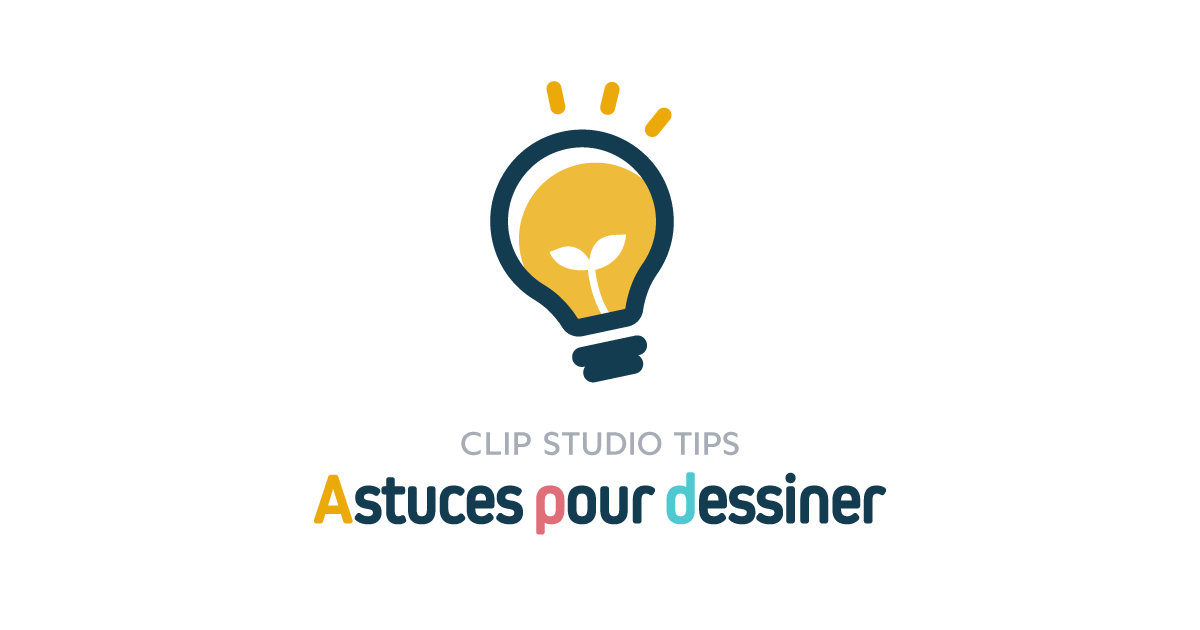Part 5: Mass-produced Images
Hello everyone, in this last part I will show you how to create a frame border to show your artwork like a mass-produced image. Make sure you understand what we have review in previous tutorials since I am going to explain the topics a little faster, assuming that you already understand all we have seen so far. We are going to use a flatten image from the previous tutorial.
Let's continue!
Create Frame Border Folder
Let's create a new document for illustration with the measures of [3840x2560 pixels] and 300 resolution. If you computer cannot manage large files you can divide the size but try to keep the proportion so you can use [1920x1280 pixels] but keep in mind that the final image will be smaller than that.
Now we are going to create a “Frame Border folder” from [ Layer>Frame Border folder ] and enter a low value for the line width like 1.00. The line will only be used as guides. ▼
Divide equally
Now go to [ Layer > Ruler – Frame > Divide frame border equally ] and enter 4 for the Number of vertical and horizontal divisions and [Not change] for [Divide folder].
▲ You will see that the frame folder is perfectly divide in sections. You can use the divisions like guides in a grid.
Fill the frames
Now open the image file(s) you want to use, copy and paste the merged-flatten images and transform it to fit one of the small frames. The easiest way to do that is from the [Tool property] panel, change [Center of rotation] to “Top Left” and the [Scale ratio] to 50 and click OK. ▼
Then with the [Move layer] tool selected (shortcut K) press ALT+SHIFT and click over the image and drag it to the next frame. This is a fast way to duplicate your layer, the ALT key makes the copy and SHIFT restrings the movement to horizontal, vertical and 45º. ▼
Select the 4 layers and [Create folder an insert layer], you can name it “1 Row”. Now you can select the Layer folder and repeat the process to fill all the frames. You can also change the name to keep your layers organize. If you are getting out of space in the layer panel click on the triangle next to the icon folder. ▼
Now bring a copy of the original image before transformation and place it in the center. Then select the frame border folder and with the [Operation] tool (shortcut O) select 1 by 1 the frame masks from the center until you left just one. Let's click on yellow triangles until the frame snap with the others. ▼
▼ Once that all our frames are fill with the image we made, you can select all the frames with one click over the Frame border folder in the layer panel. Now remove the draw border from the [Tool property] panel.
Now is getting the mass-produced look but as you probably have seen in pop art examples, the authors tends to use different version of colors of one same image. As we review in the previous tutorials [Hue/Saturation/Luminosity] is a fast and easy way to accomplish that.
Let's select the top layer from the first row in the layer panel. Go to
[ Layer > New Correction Layer > Hue/Saturation/Luminosity… ] and change the color. You can also affect just one layer, click on the [Clip to Layer Below] icon in the layer panel and the correction will only affect to the layer that is one step below. ▼
Feel free to play with the correction layer(s) and change the colors to whatever you want. In this case I going to change the Hue values to: -180, -128, -32 and 96.
Once you have change the colors select the top layer in the layer panel and go to [Layer > Merge visible to new layer] to get a flat image. ▼
Change Canvas Size
We almost there! In this last part we are going to rotate the merged image and change the canvas size to finally export our artwork.
Select the merged image and from the [Tool property] panel change the Rotation angle to -15. ▼
Now you can hide the layers below or copy the merged image and create a new document with the same width and height. Let's do the second and create a new document [3840x2560 pixels] and 300 resolution. Or with a lower size but keep the aspect ratio.
Go to [ Layer > Change Canvas Size ] and change the Width to 3072 and the height to 2048. Change the paper color to white or fill a raster layer below with white or gradient or whatever you like.
Congratulations! you have successfully completed this tutorial series. Now let's export the image in JPG so you can show it to any person you like.
Go to [ File > Export (Single Layer) > .jpg ] and choose the location where you want to save the file. Moreover, from the JPEG export settings you can change the Quality and Specify the output size. For instance you can change the width to 1920x1280 as I did to publish the image in this post. And here it is the final image ▼
Thanks for following this tutorial! I hope you have found some useful tips here. Please feel free to share your thoughts in the comment section below and don't forget to enjoy creating.











Commentaire